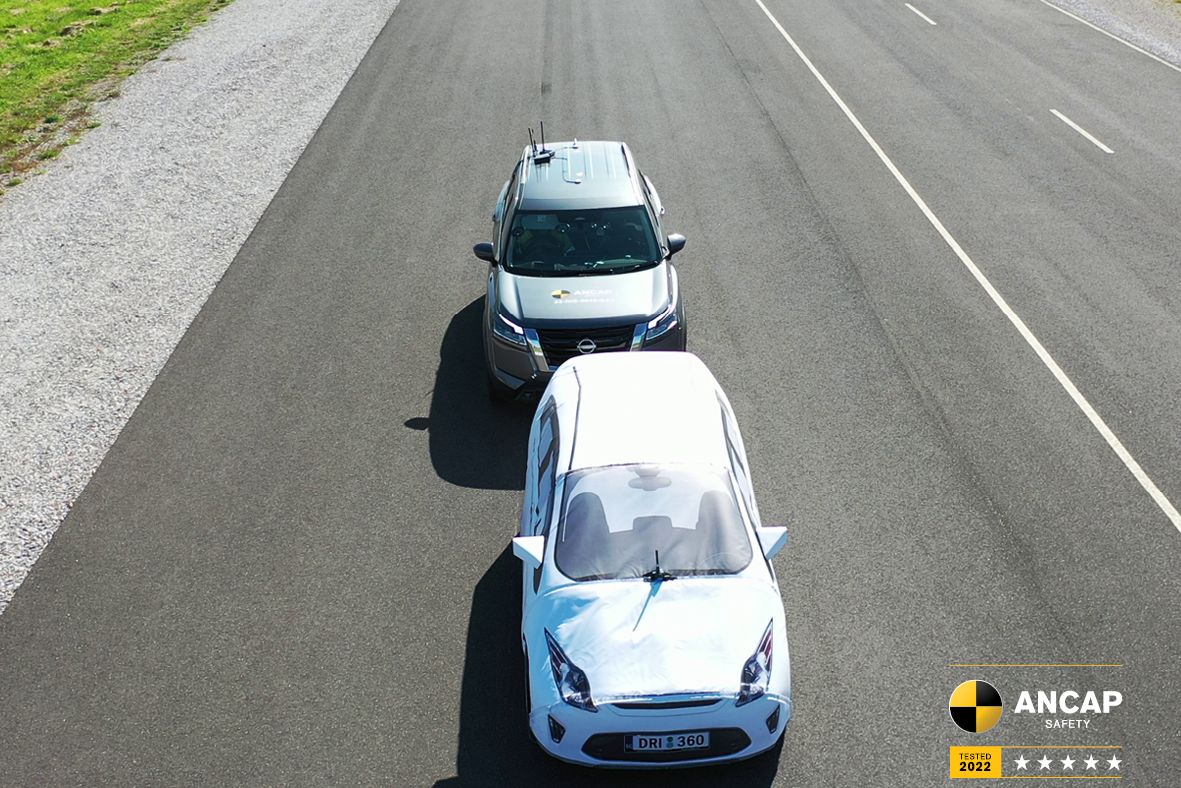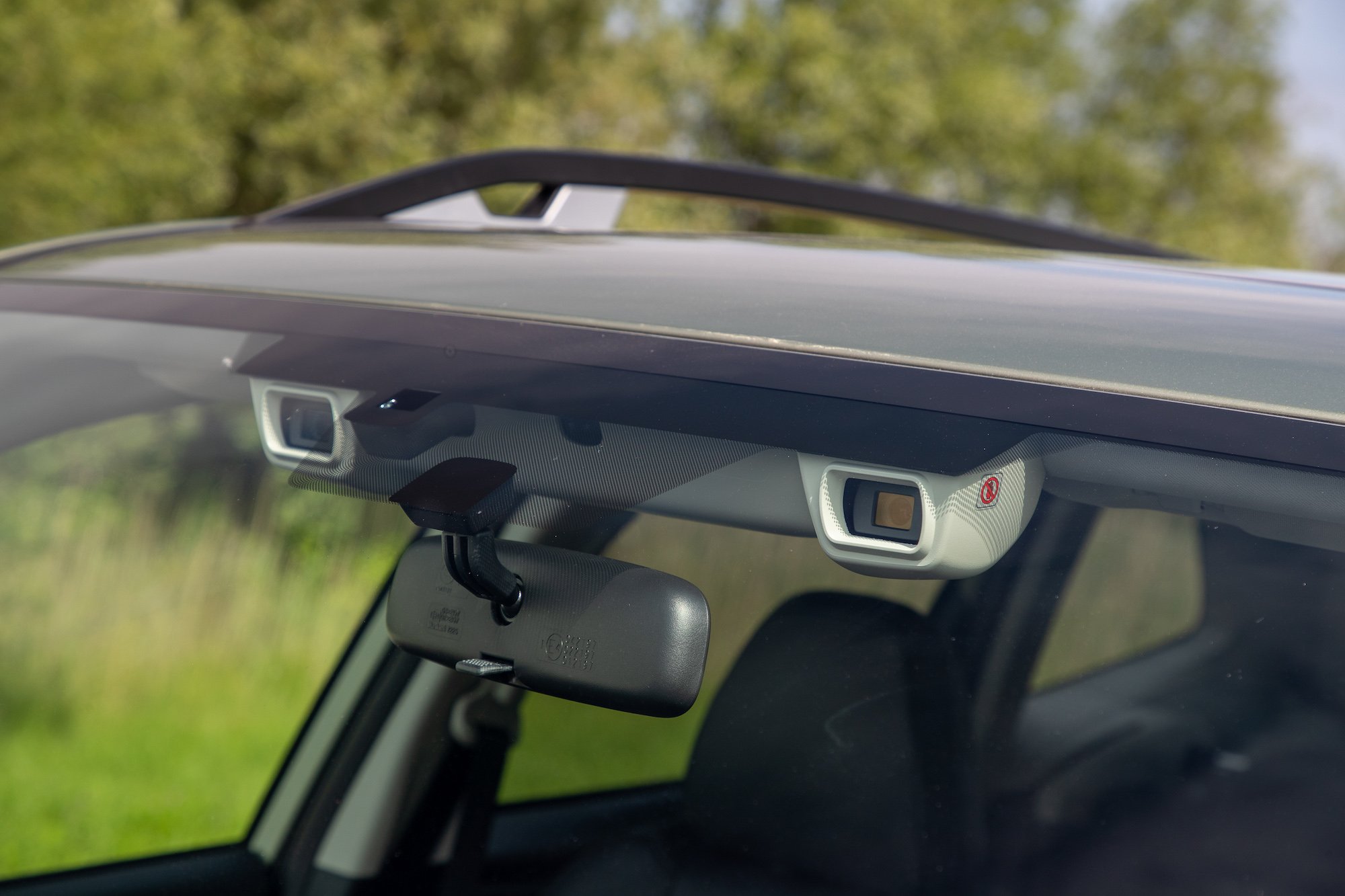Yes, this safety tech has really reduced car crashes
Autonomous emergency braking (AEB) is gradually being introduced into brand new vehicles, and this advanced safety system will become a compulsory fitment in every new car sold in Australia from March 2025.
A study from the US has shown that Advanced Emergency Braking (AEB) systems in newer vehicles are quite effective in cutting the number of front-to-rear collisions in half.
The study, carried out by the Partnership for Analytics Research in Traffic Safety (PARTS), examined police-reported data from 21.2 million crashes and 98 million vehicles to find out how well certain advanced driver assistance systems (ADAS) work.
Vehicles included those from Ford, Hyundai, General Motors, Honda, Mazda, Mitsubishi, Stellantis, Subaru, and Toyota, with two samples featured.
There are heaps of new motor deals available through CarExpert Get in touch with the professionals and land a fantastic bargain. Browse now .

The first was for vehicles with AEB installed from model years 2015 to 2017, which saw the tech contribute to a 46 per cent drop in rear-end crashes.
This figure increased for 2021 to 2023 model year vehicles, for which AEB was found to reduce front-to-rear crashes by 52 per cent.
According to PARTS, the data also showed that pedestrian-detecting AEB [Automatic Emergency Braking] systems decreased single-vehicle crashes involving vulnerable road users, including pedestrians, bike riders, scooter operators, and wheelchair users, by nine per cent.
In the US, pedestrian fatalities make up 18 per cent of the country's road toll. Across Australia, the figure is roughly 13 per cent.

The latest PARTS study was an extension of an earlier analysis conducted in 2022, which covered 47 million vehicles produced between 2015 and 2020.
That previous study also looked at how effective forward collision warning is, especially when combined with AEB, and found that it cuts the risk of a rear-end crash by about 49 per cent.
For perspective, just a forward collision warning only reduces the chances of a crash by 13 per cent.
PARTS' earlier study also found that motorists were 53 per cent less likely to be injured in a crash when both systems were active.
Further research will be done, with Kia having recently joined PARTS.

Australian automotive equipment manufacturer PARTS says that the data will be used to further study the effectiveness of Automated Driver Assistance Systems (ADAS) in reducing the severity of crashes.
“The study looked at which vehicles had a specific ADAS feature when they were first made, and future studies will try to check if that feature was turned on or operational at the time of the crash.”
Previous research by Monash University's Accident Research Centre in Australia has found that Automatic Emergency Braking (AEB) could lower road accidents resulting in injuries to vehicle occupants by 28%. Data from a sister organisation of our own rating authority, the Euro NCAP, in Europe shows it could decrease rear-end crashes by 40%.
.
MORE: Replacing the old models will be a new plug-in hybrid Outlander PHEV, three hybrid LCVs, and an all-electric ASX compact SUV.
MORE: Mazda 6: Beloved family car and wagon scrapped in Australia MORE: New rules will require AEB to kick in from 2025
Posting Komentar